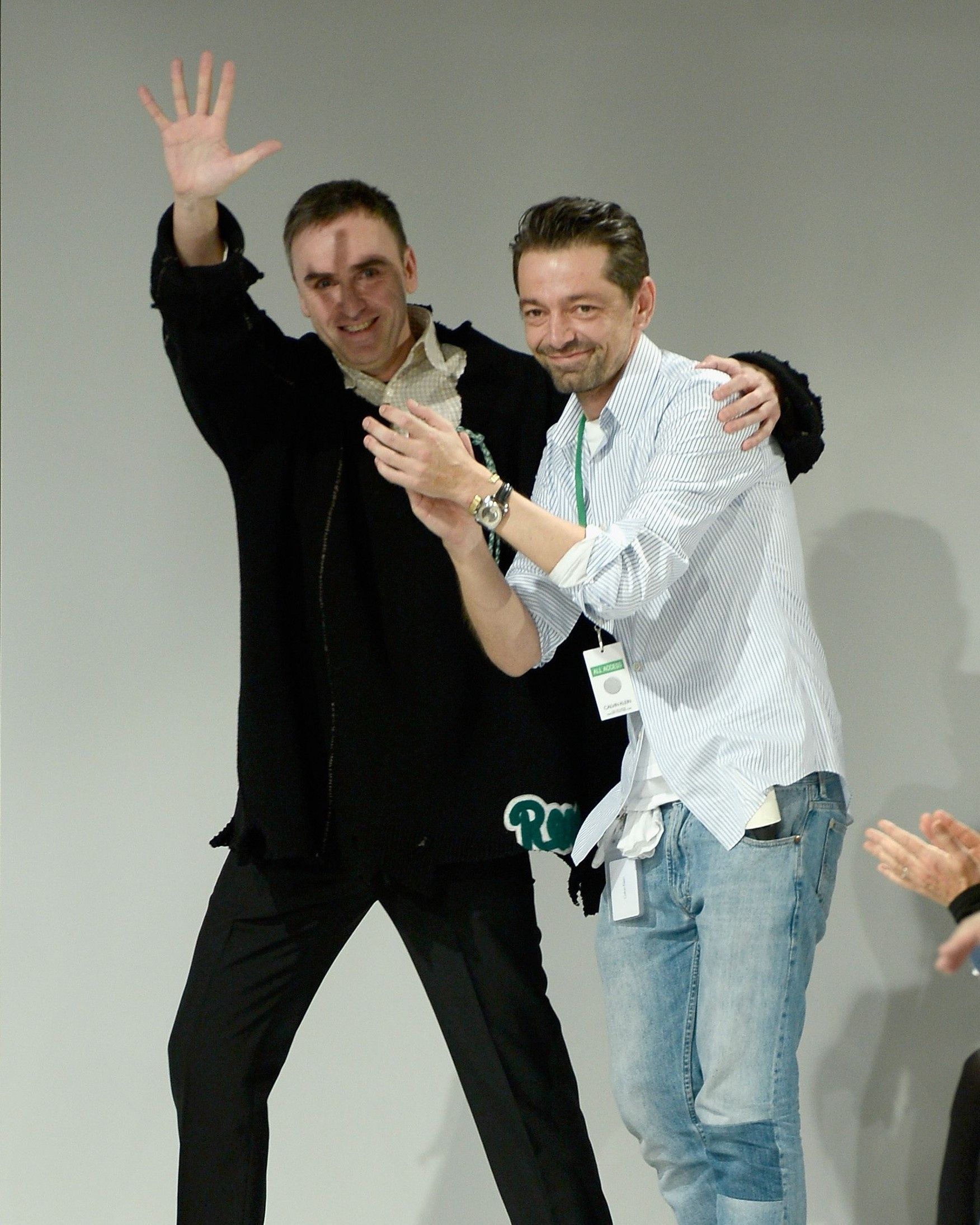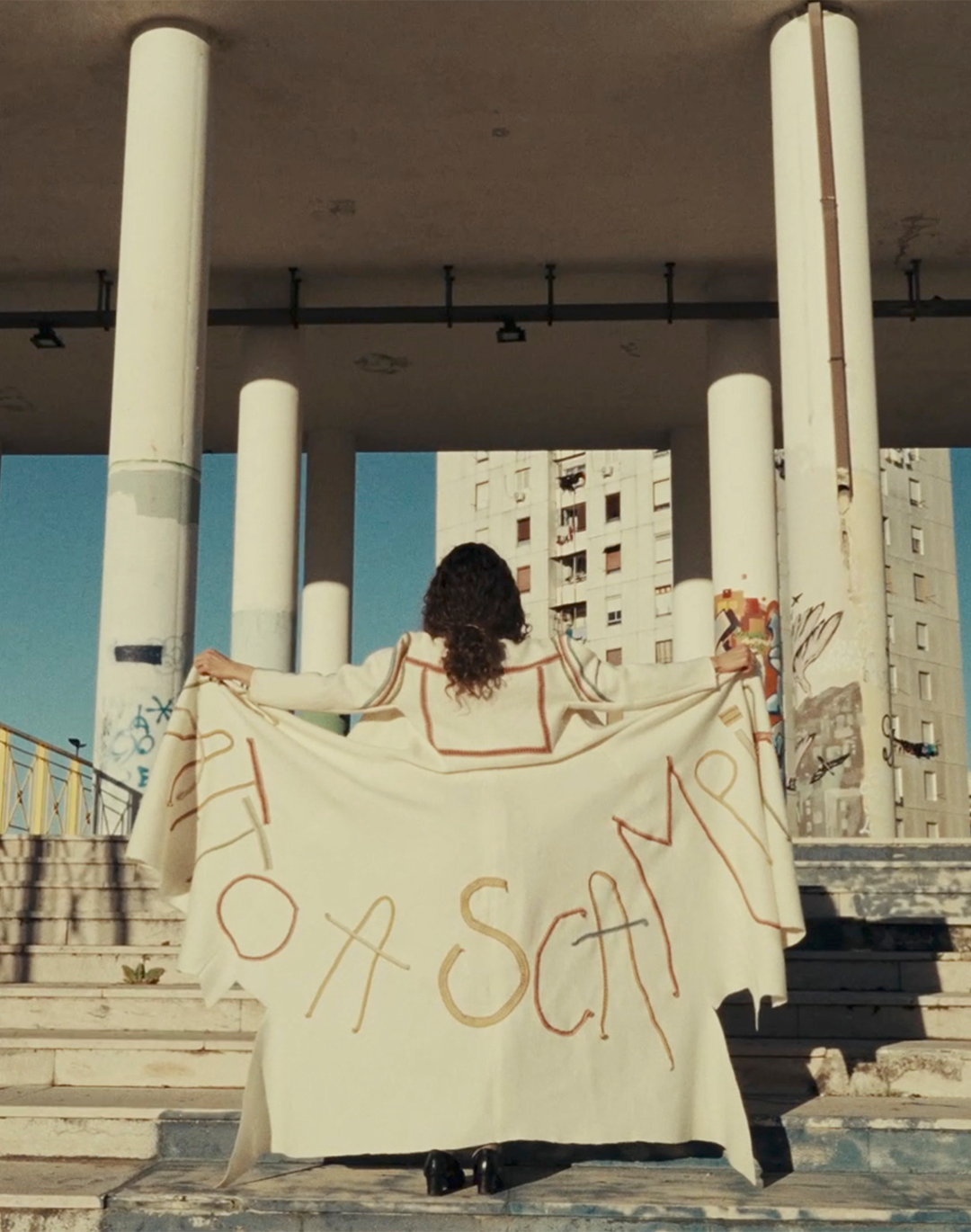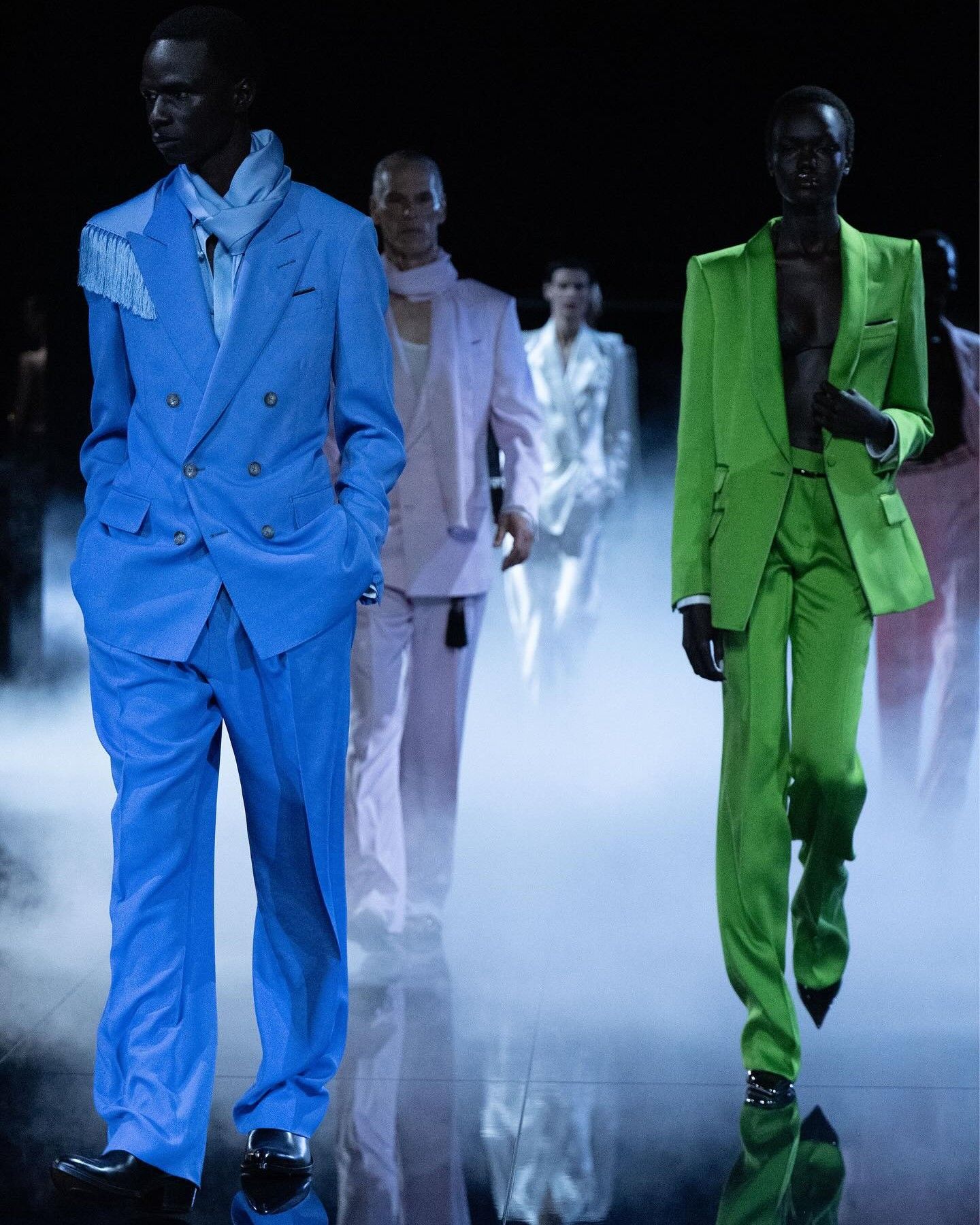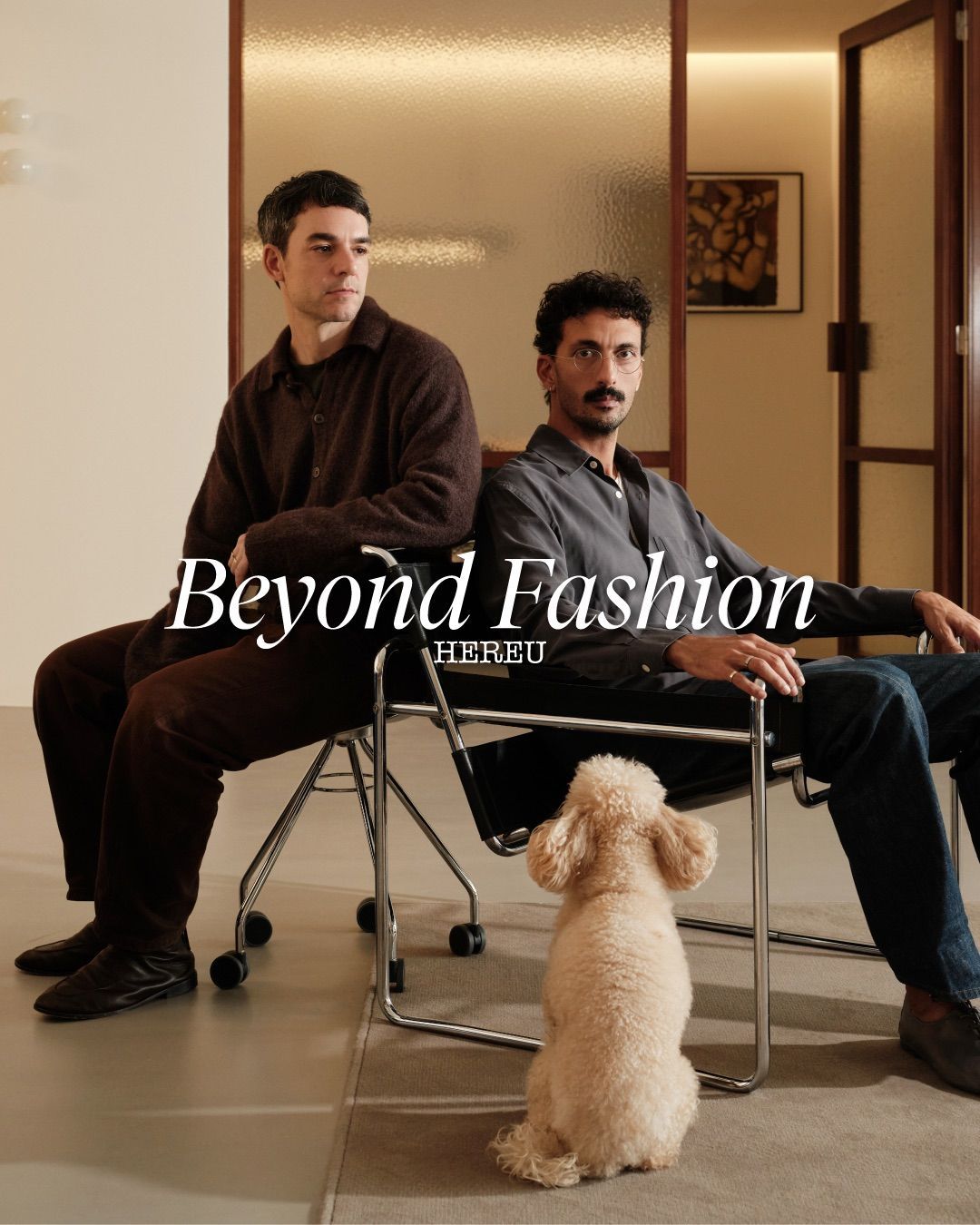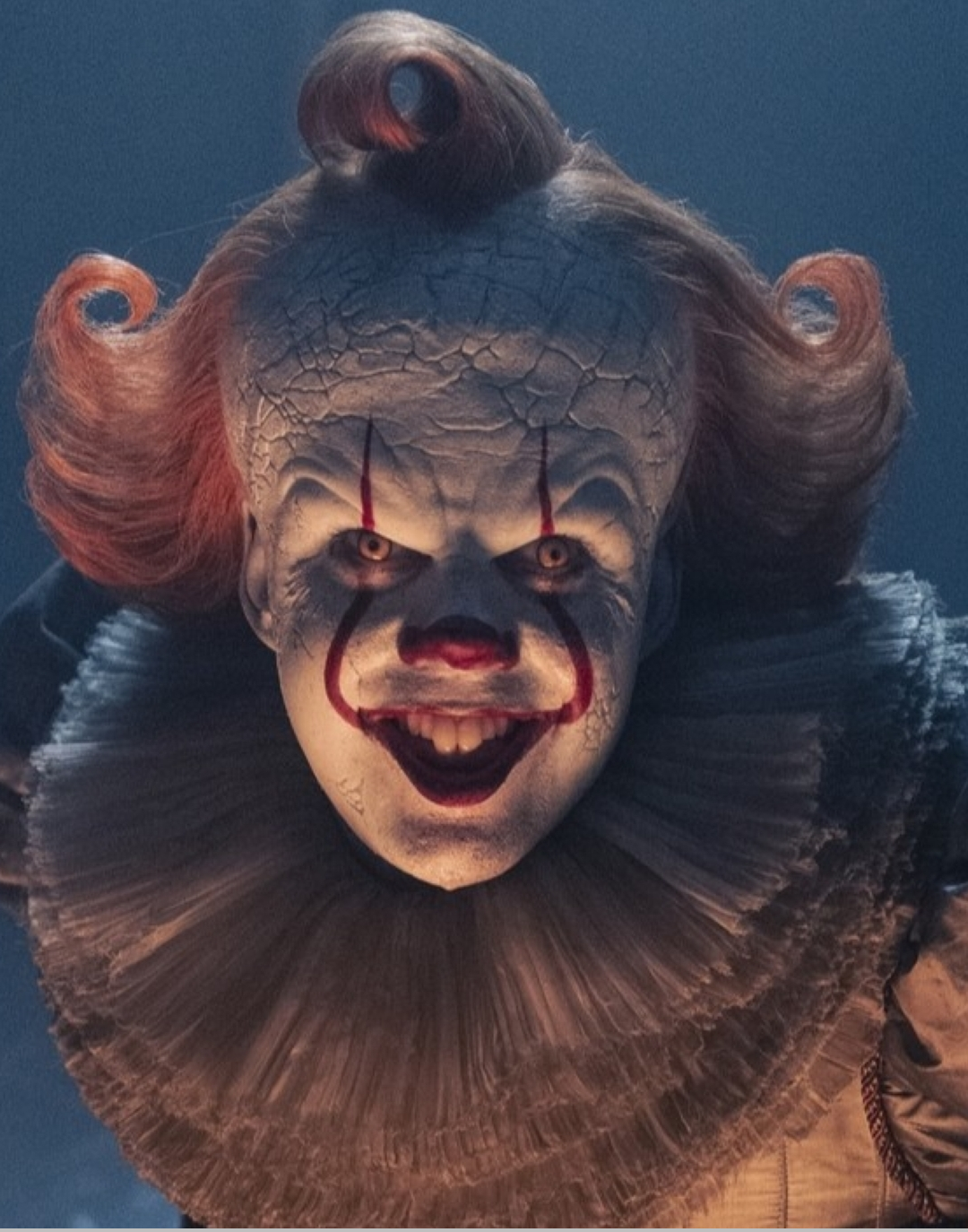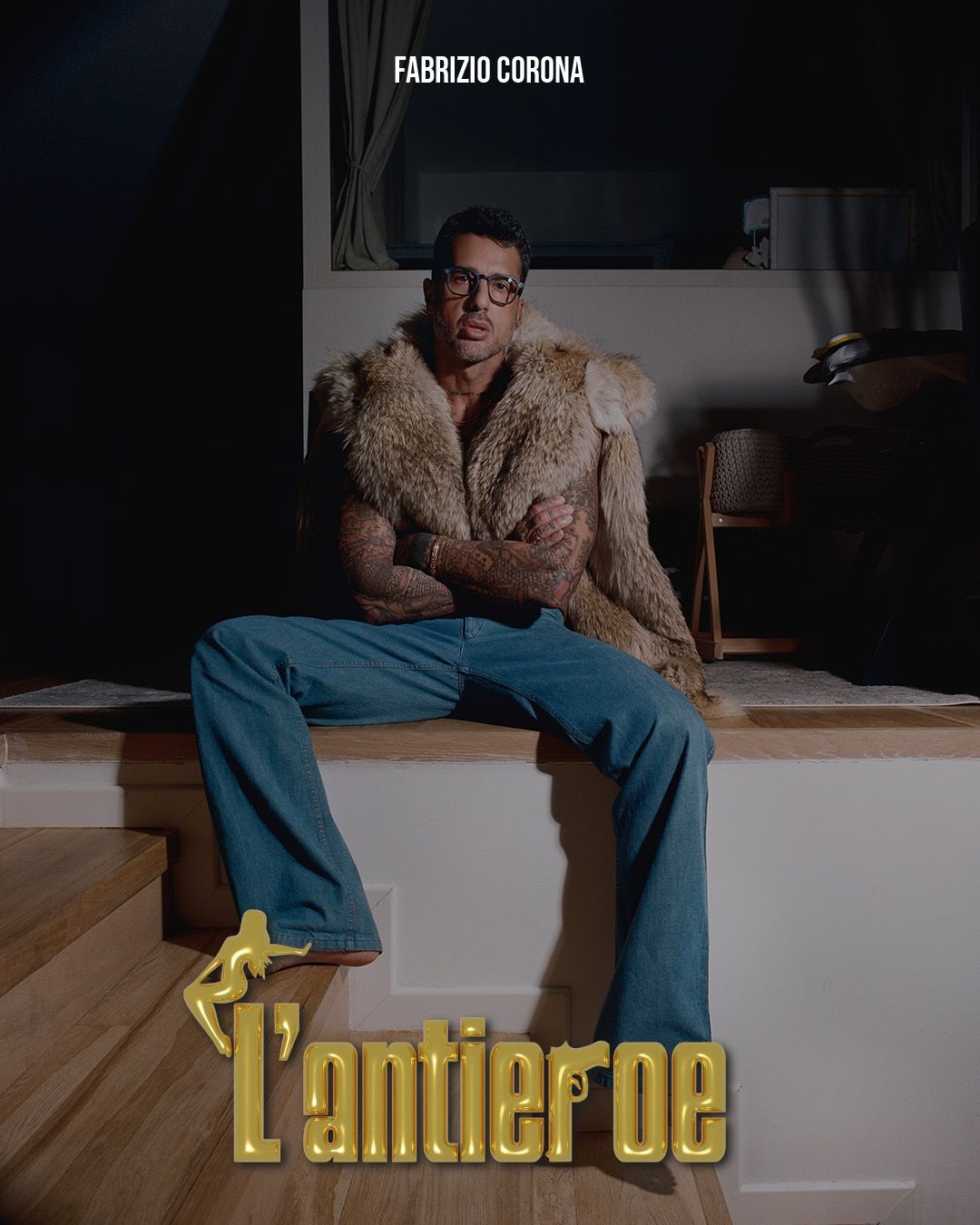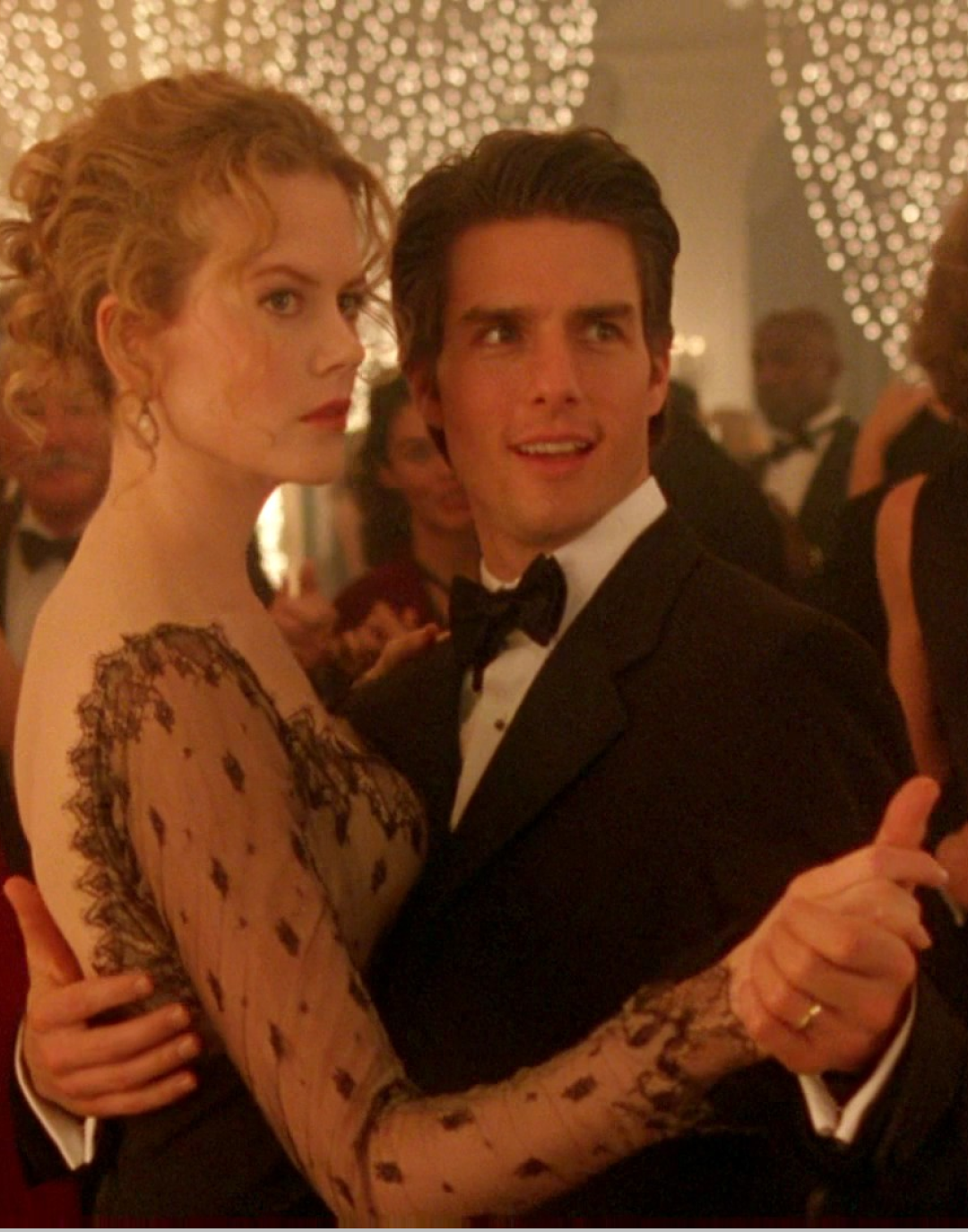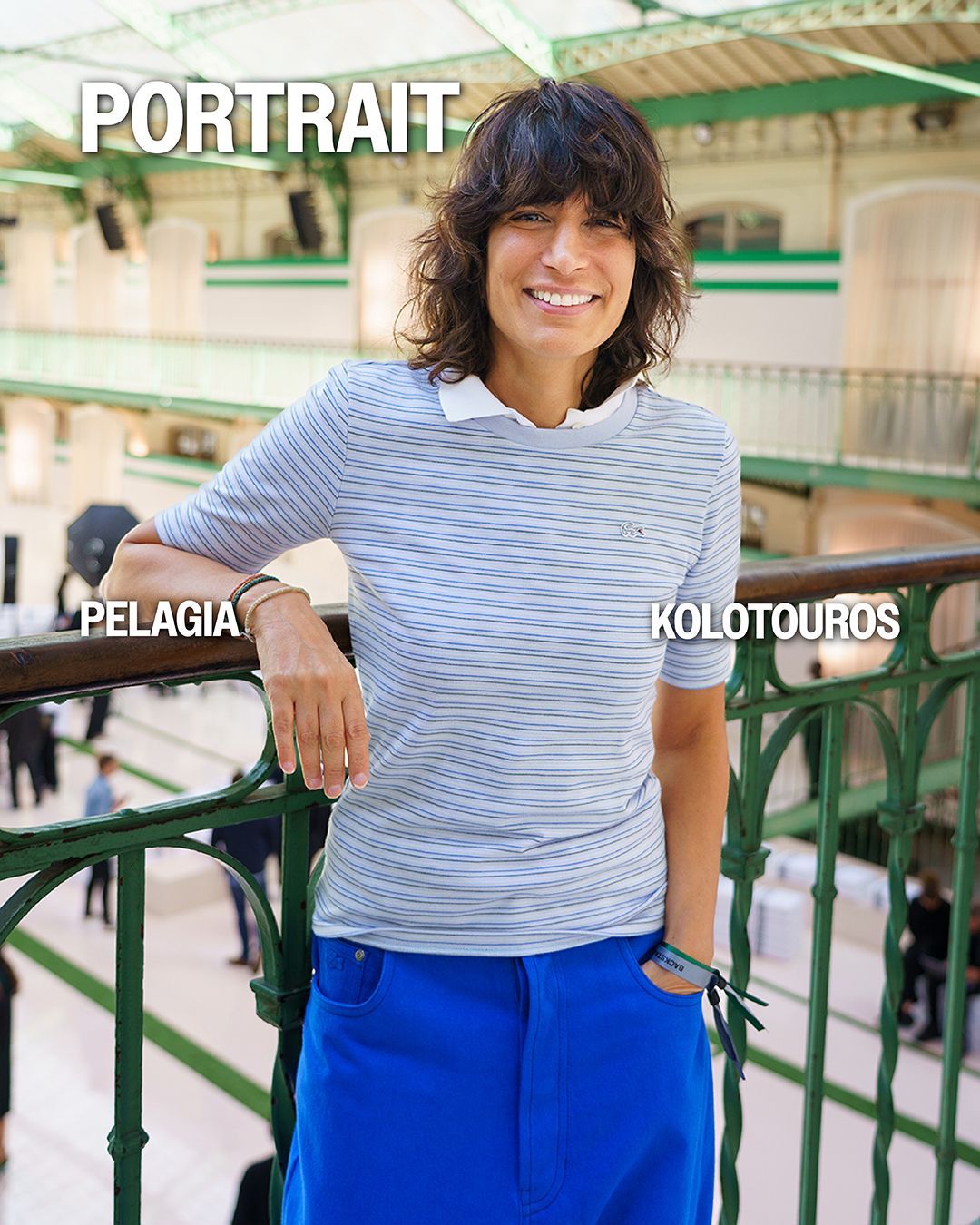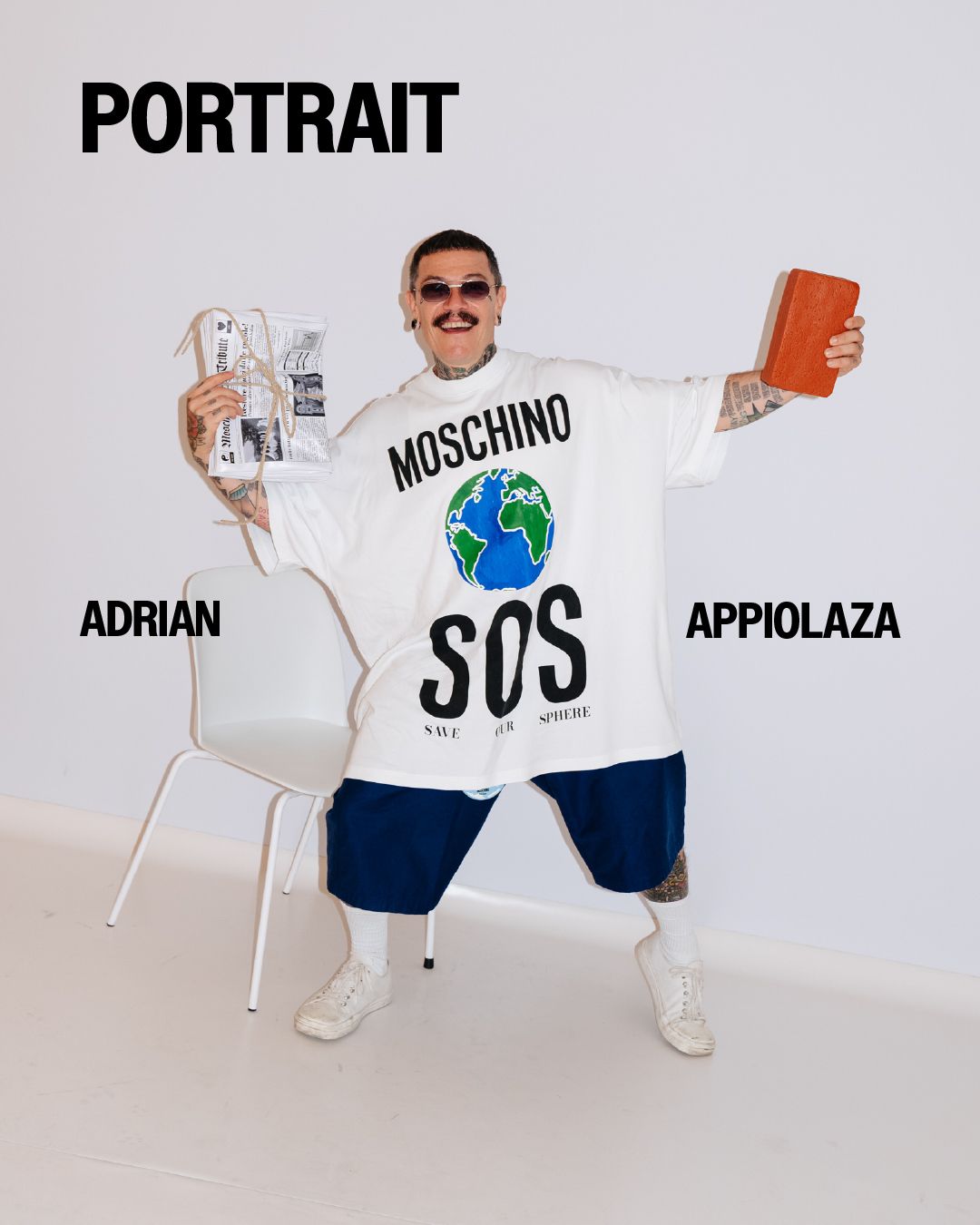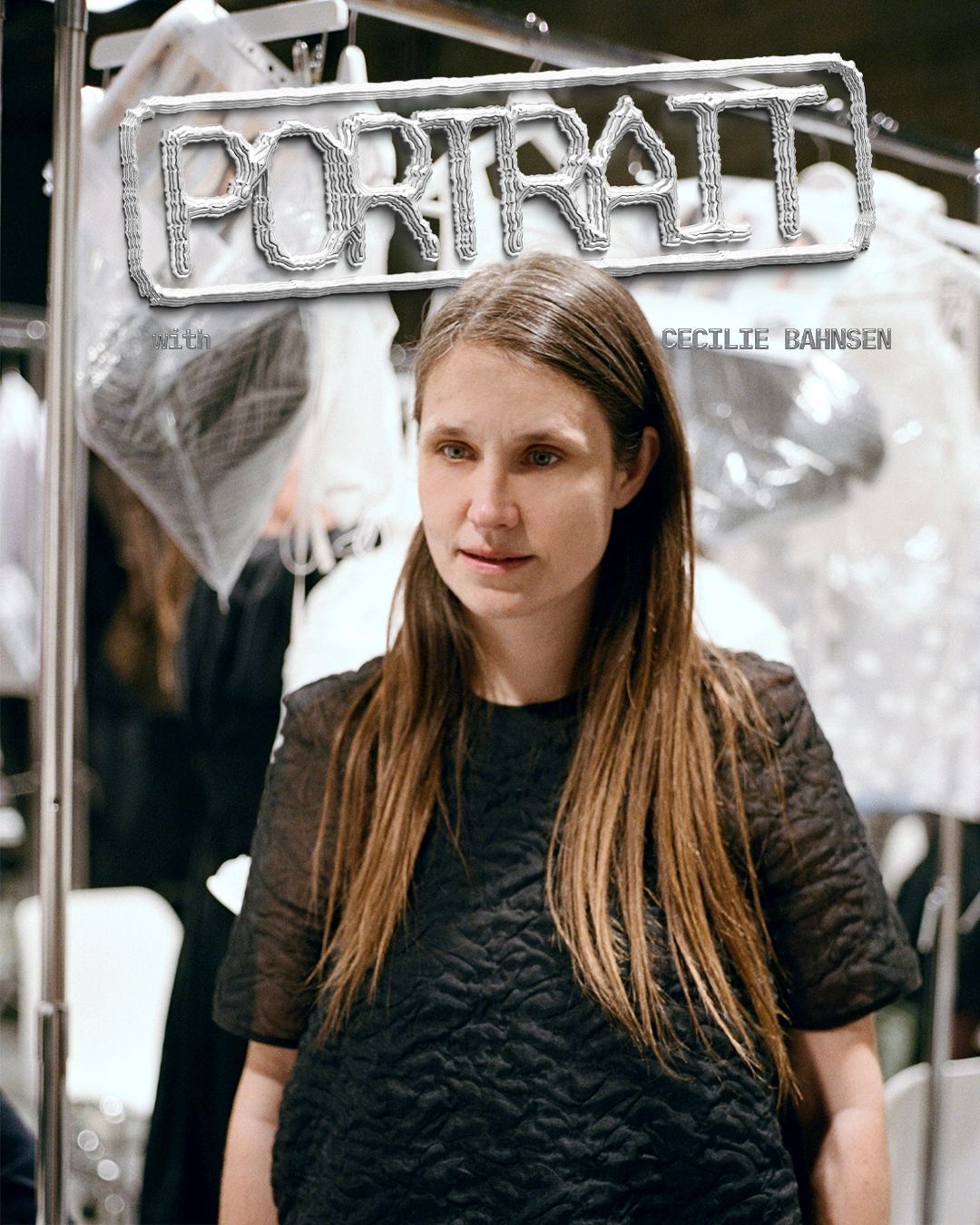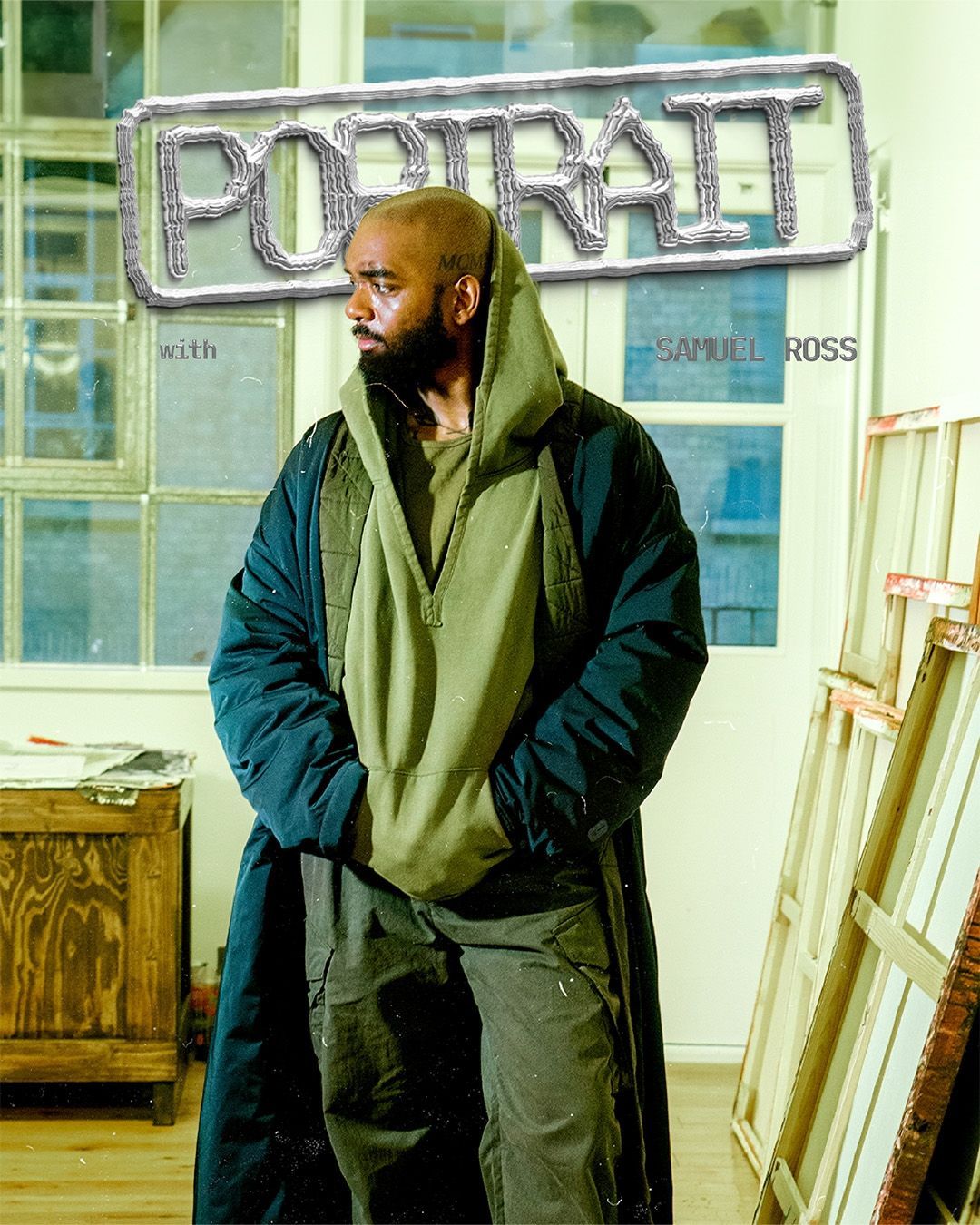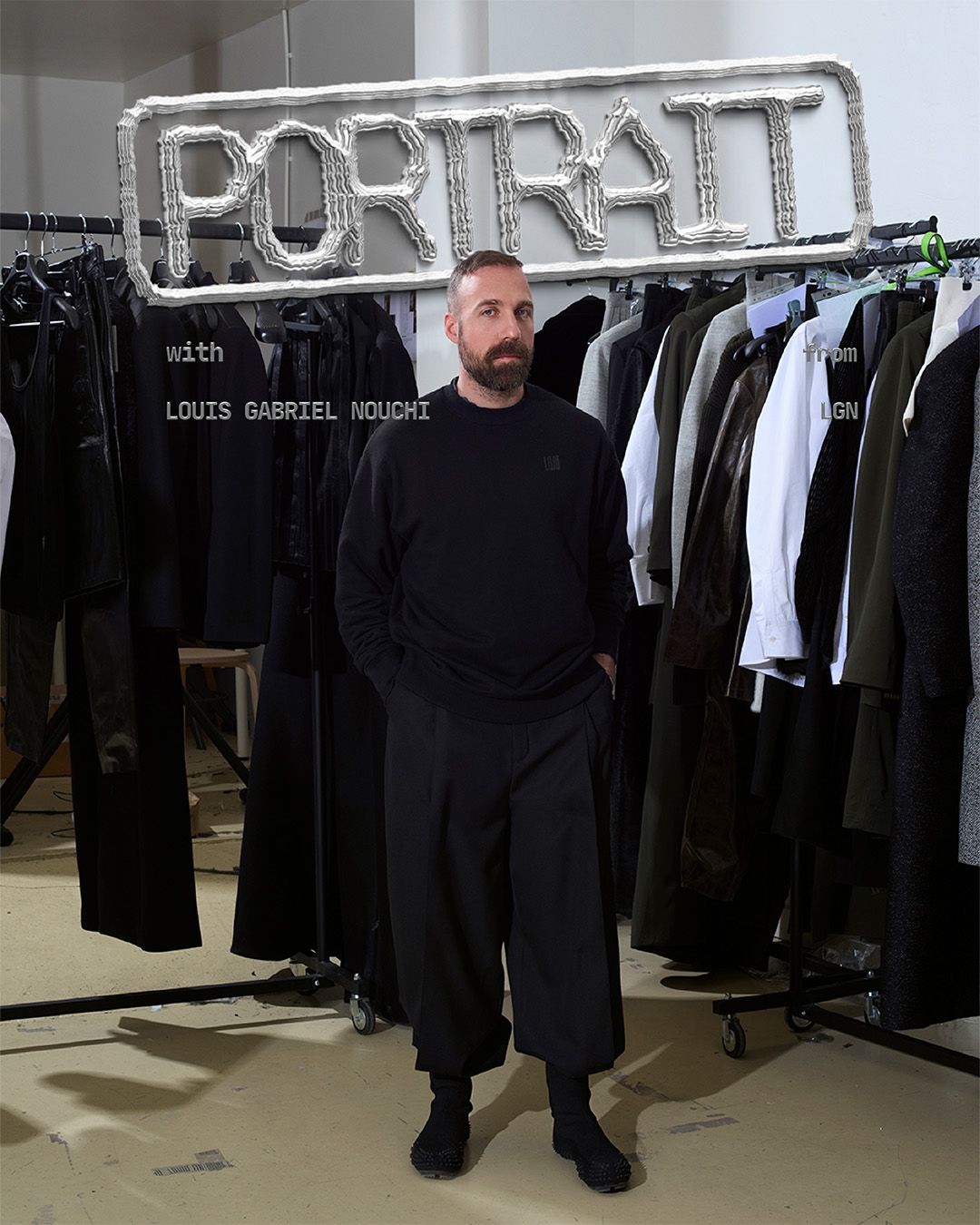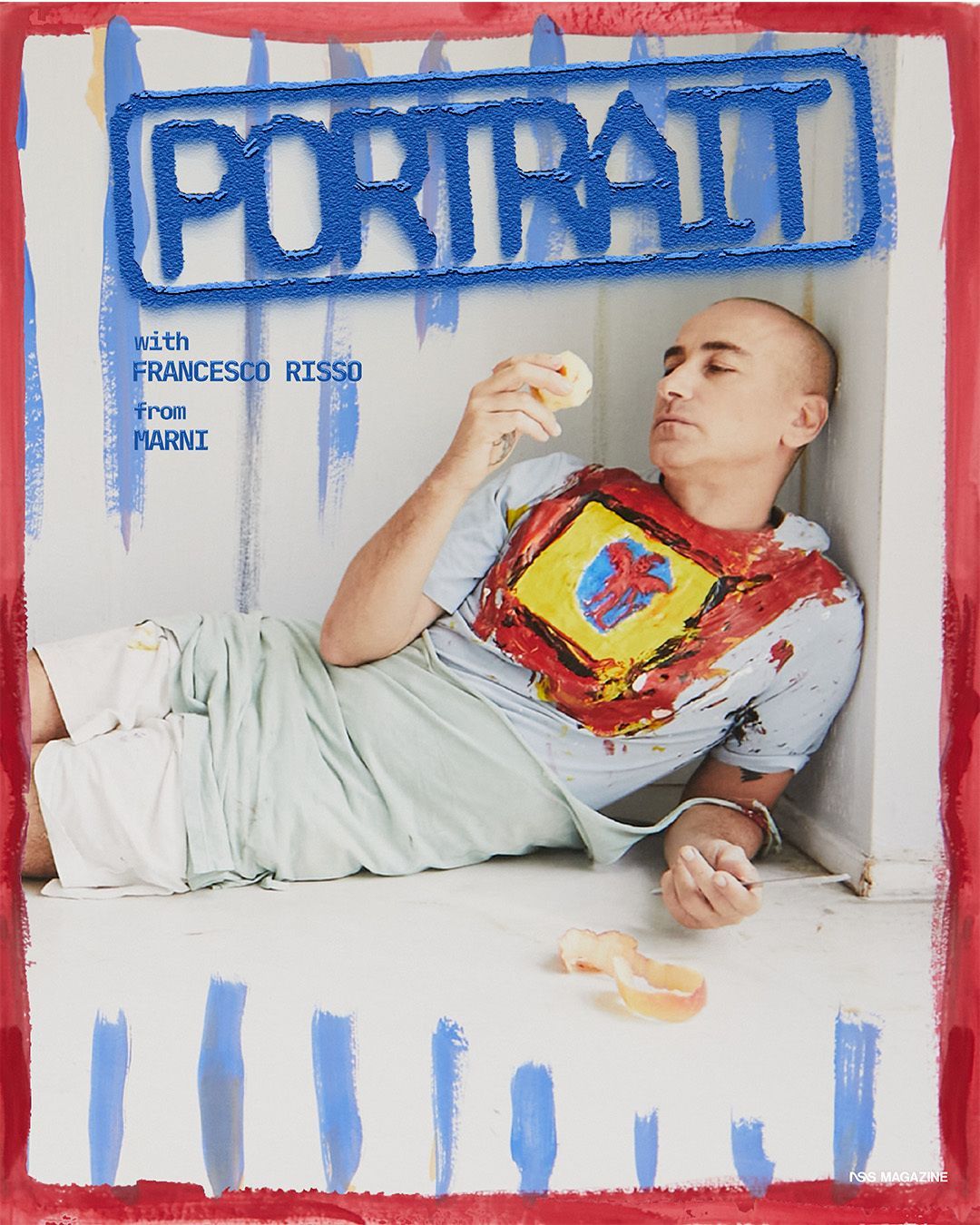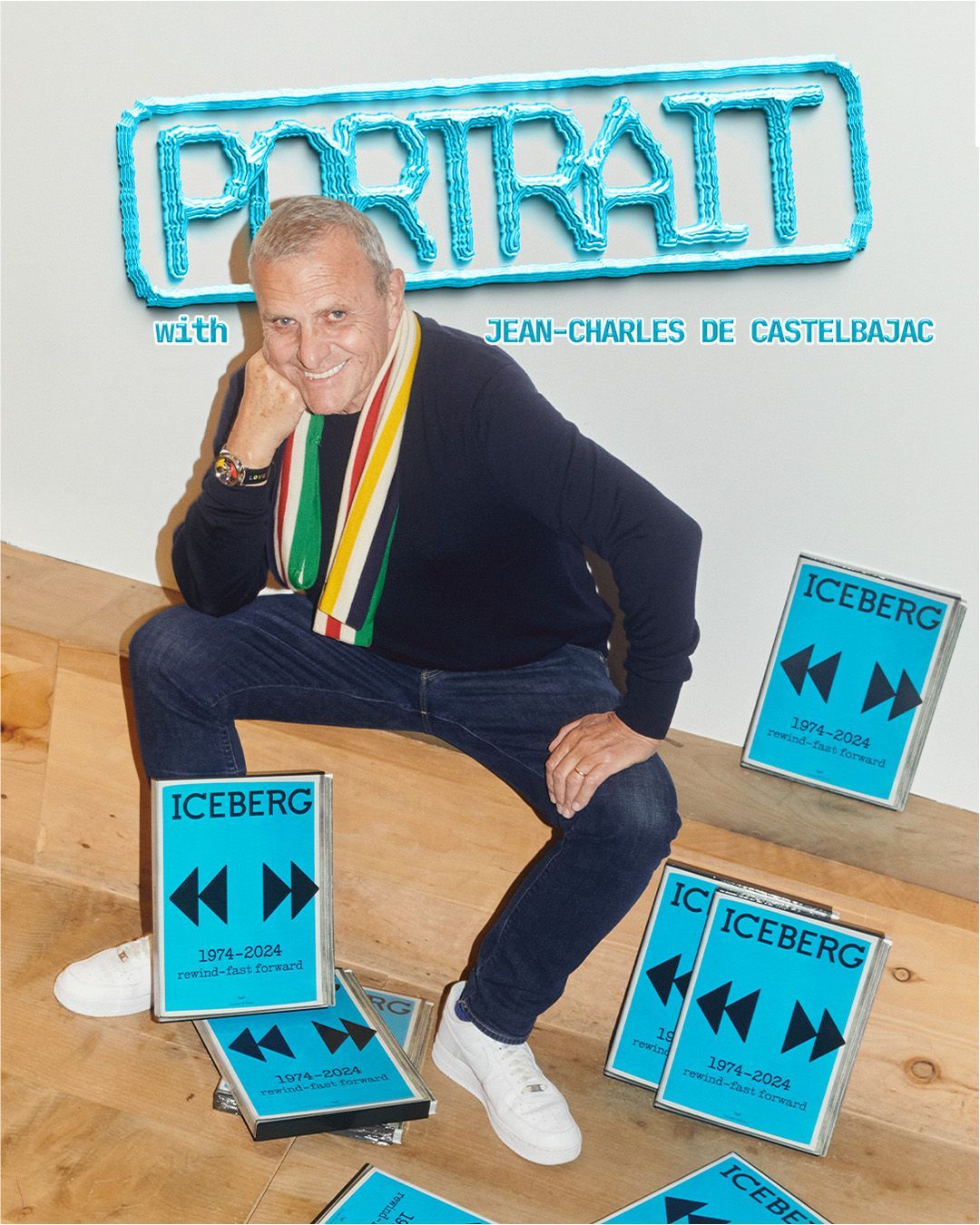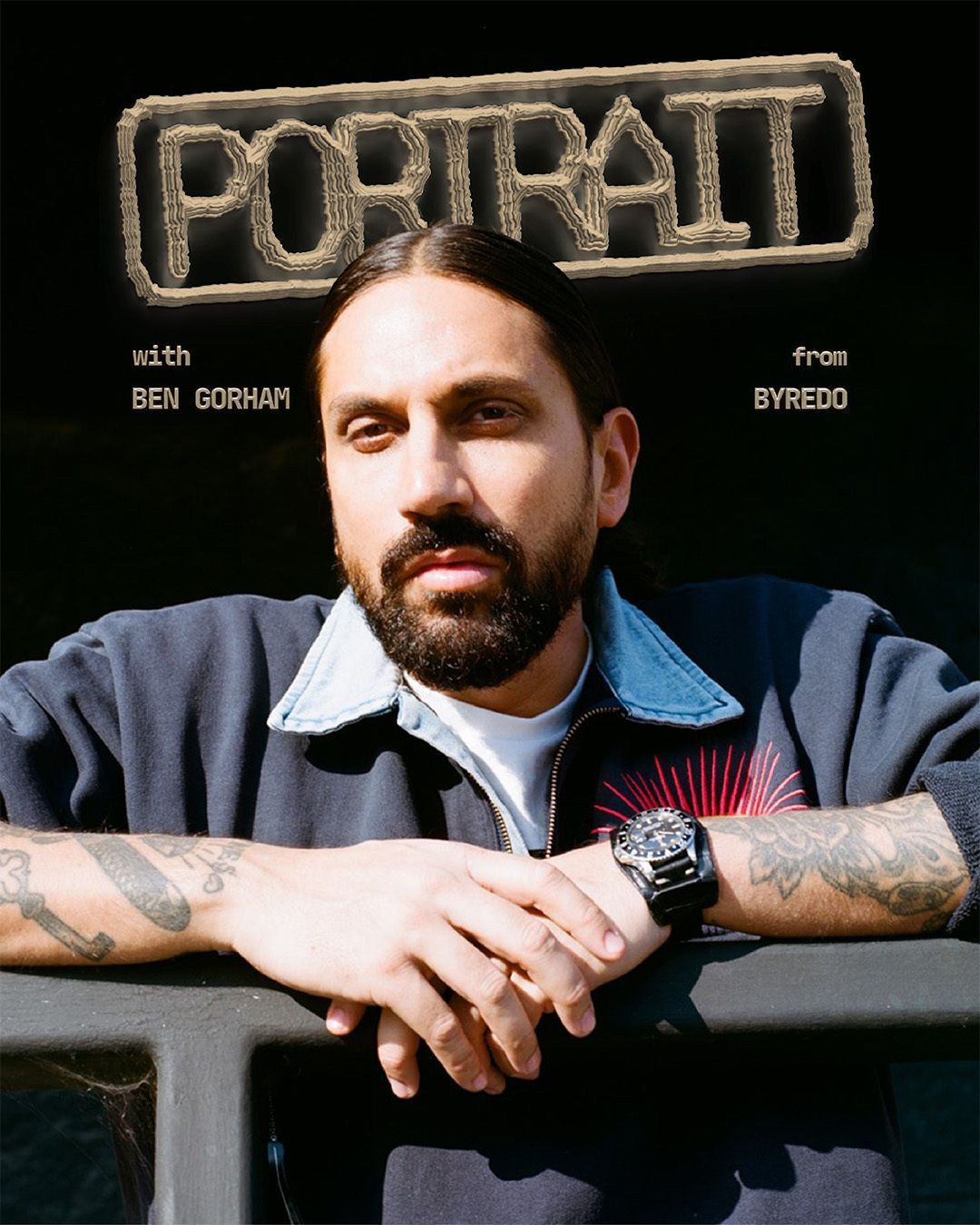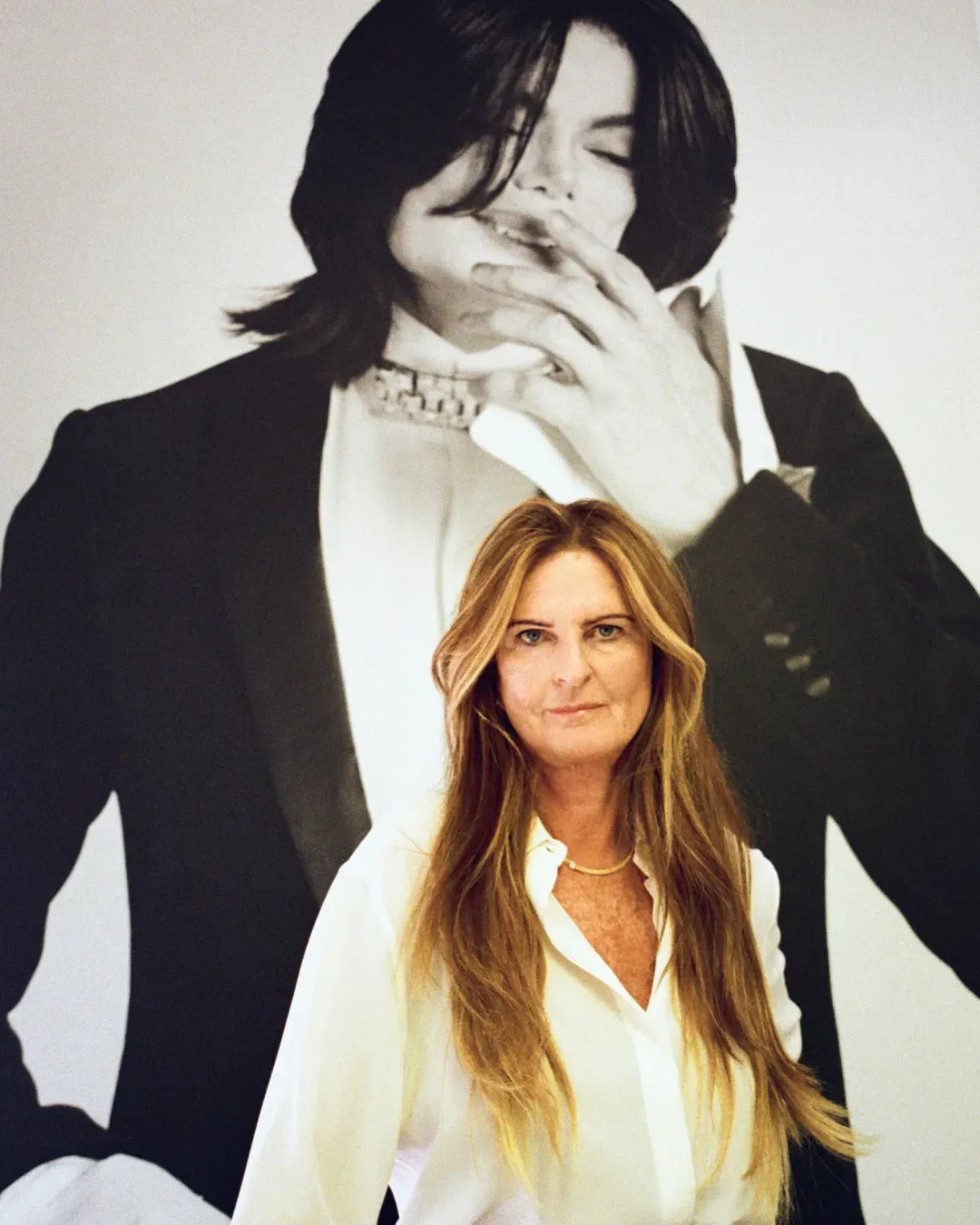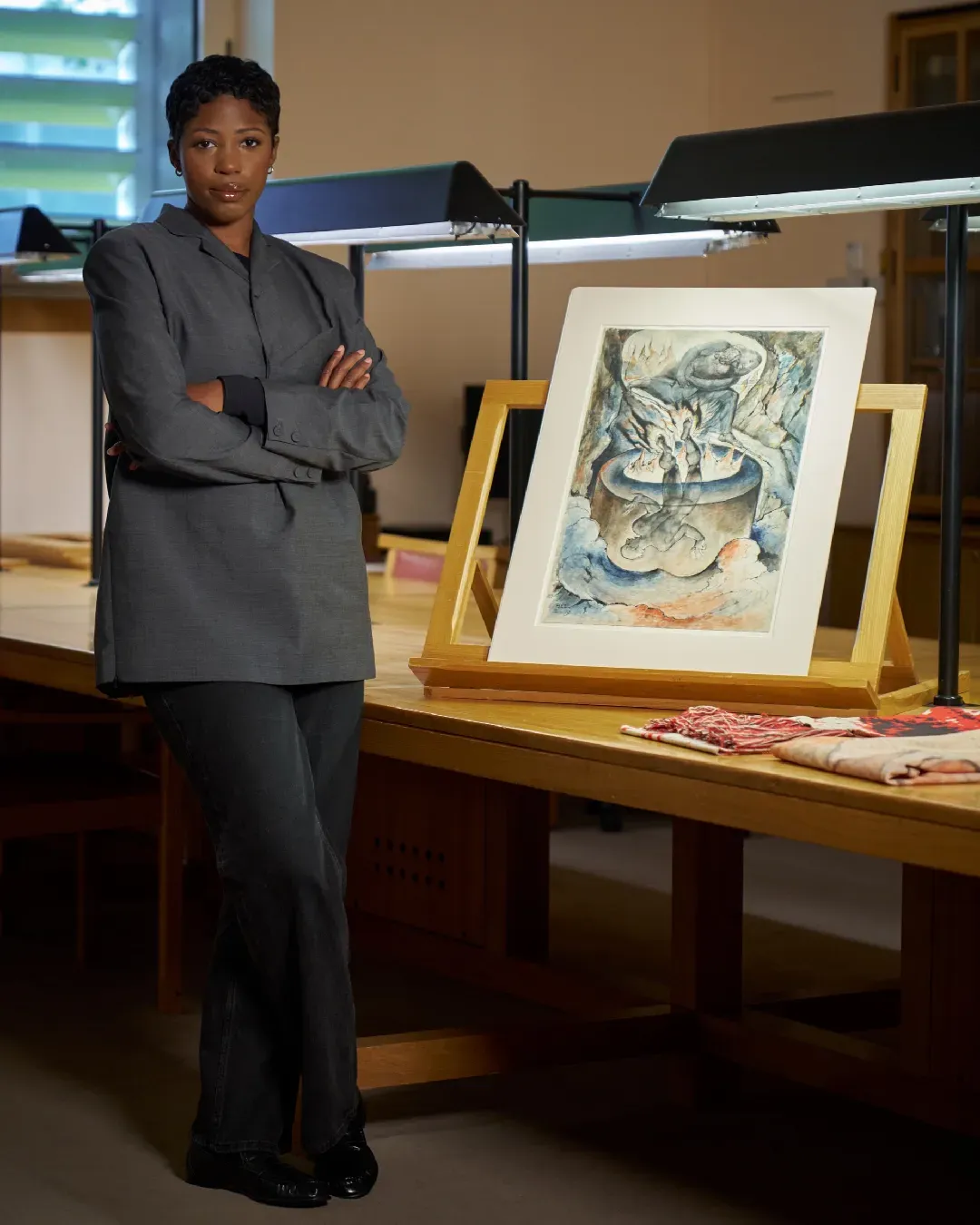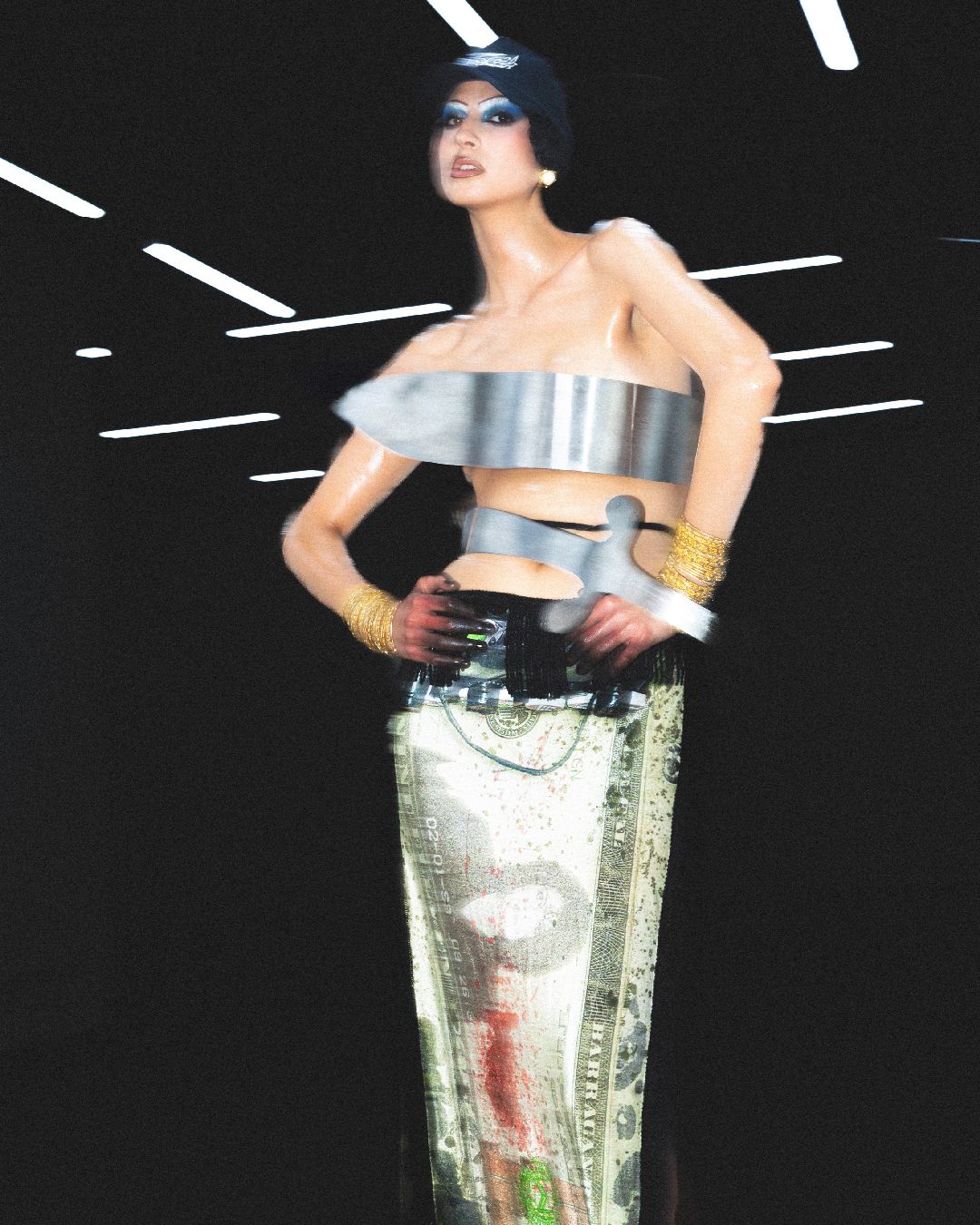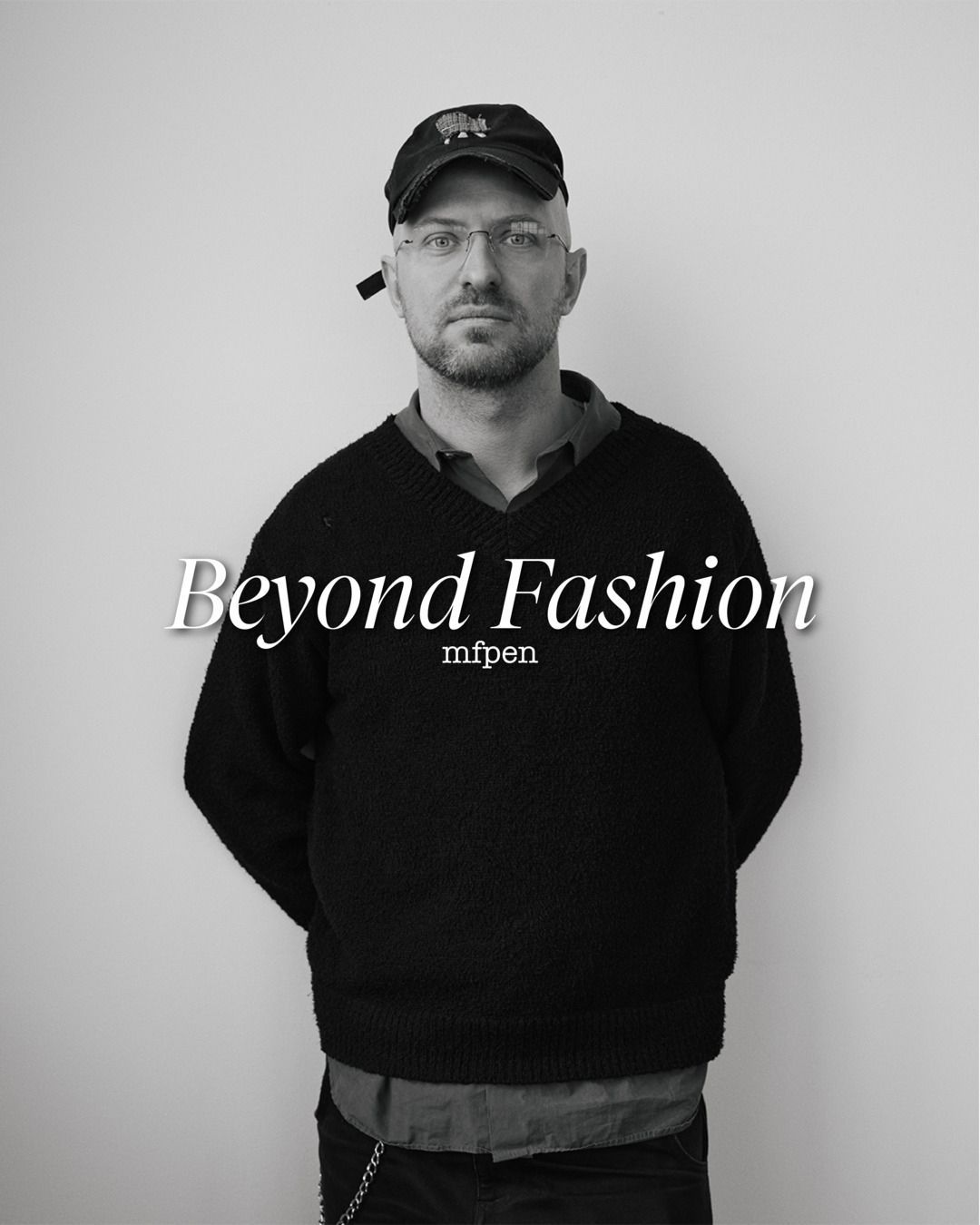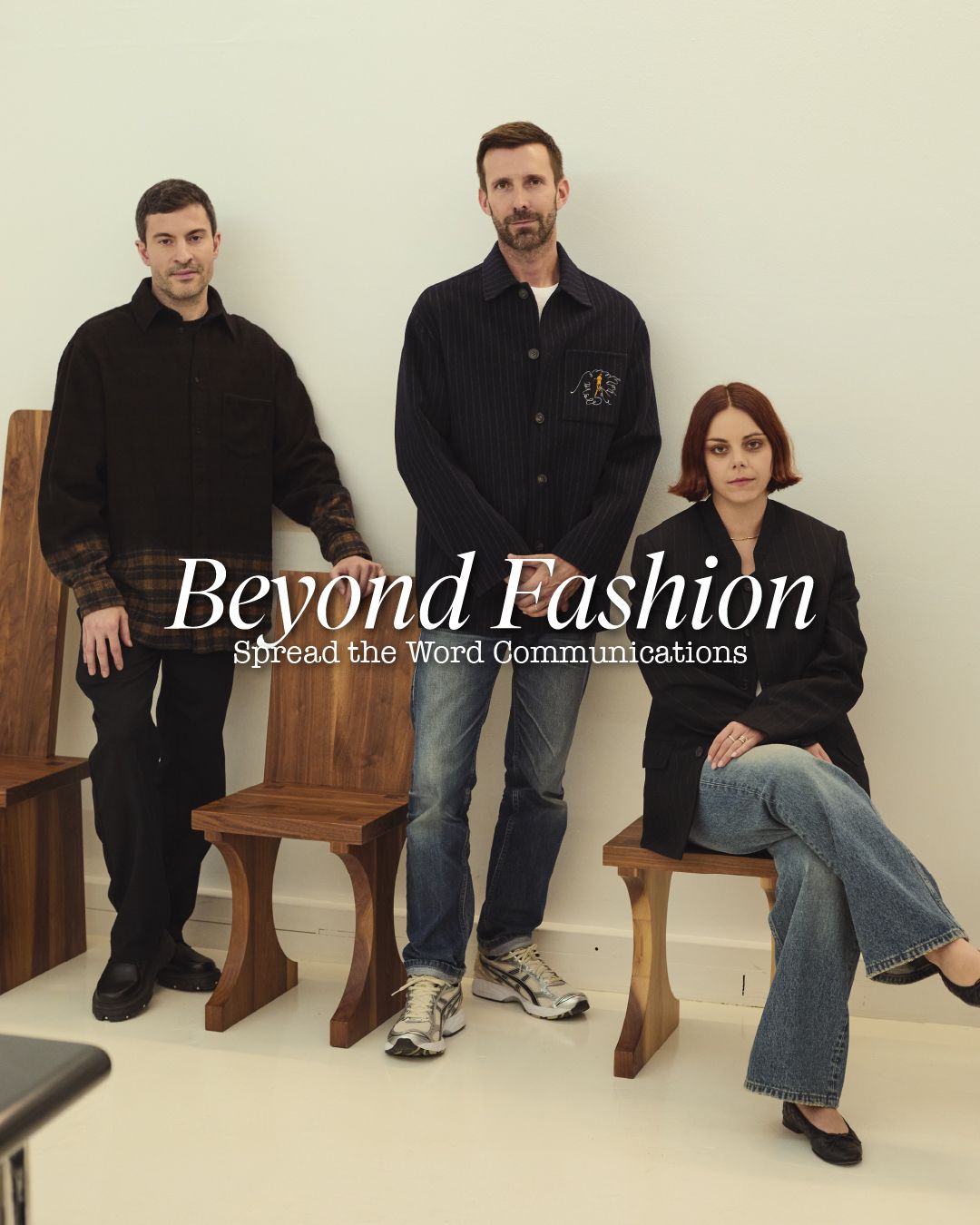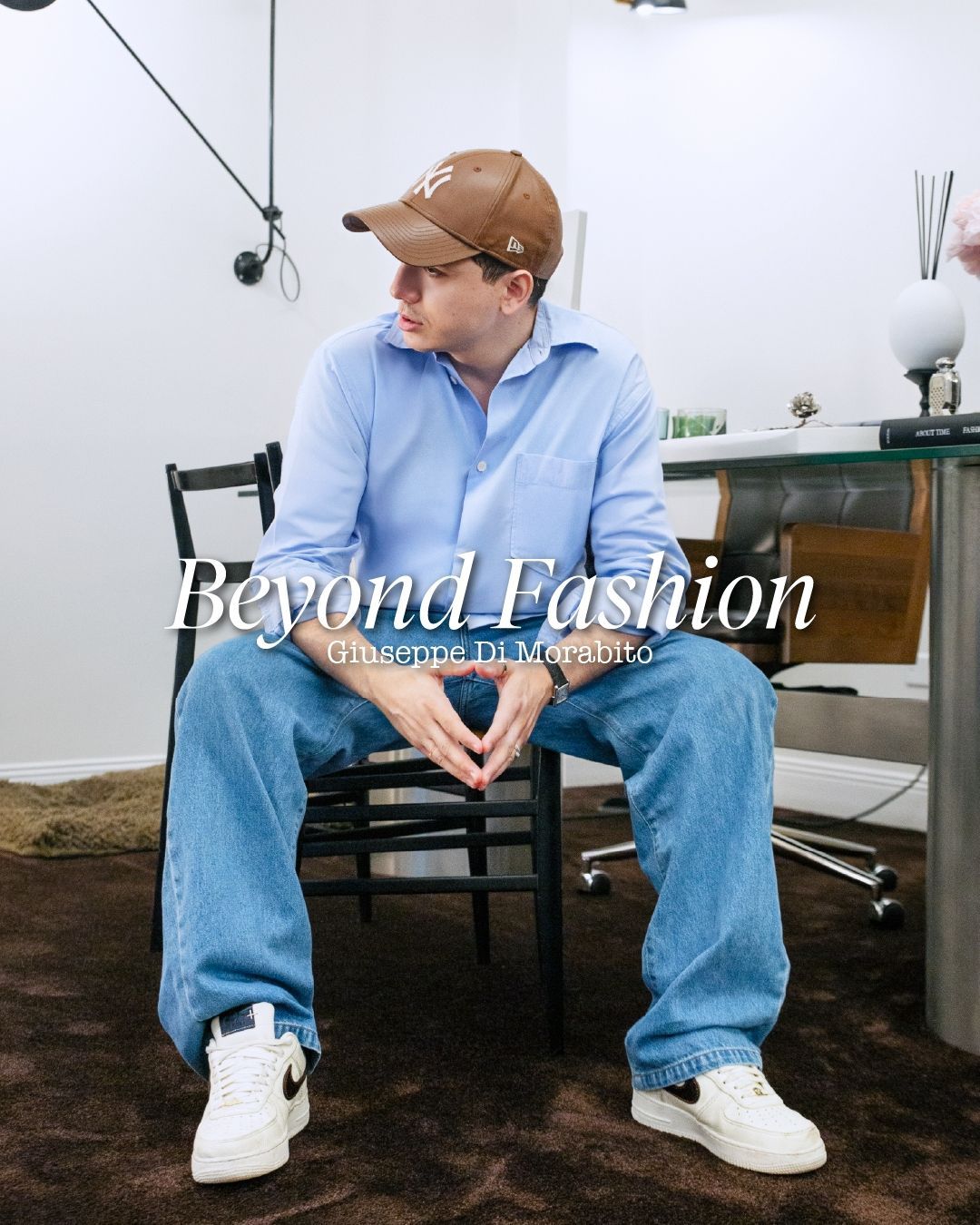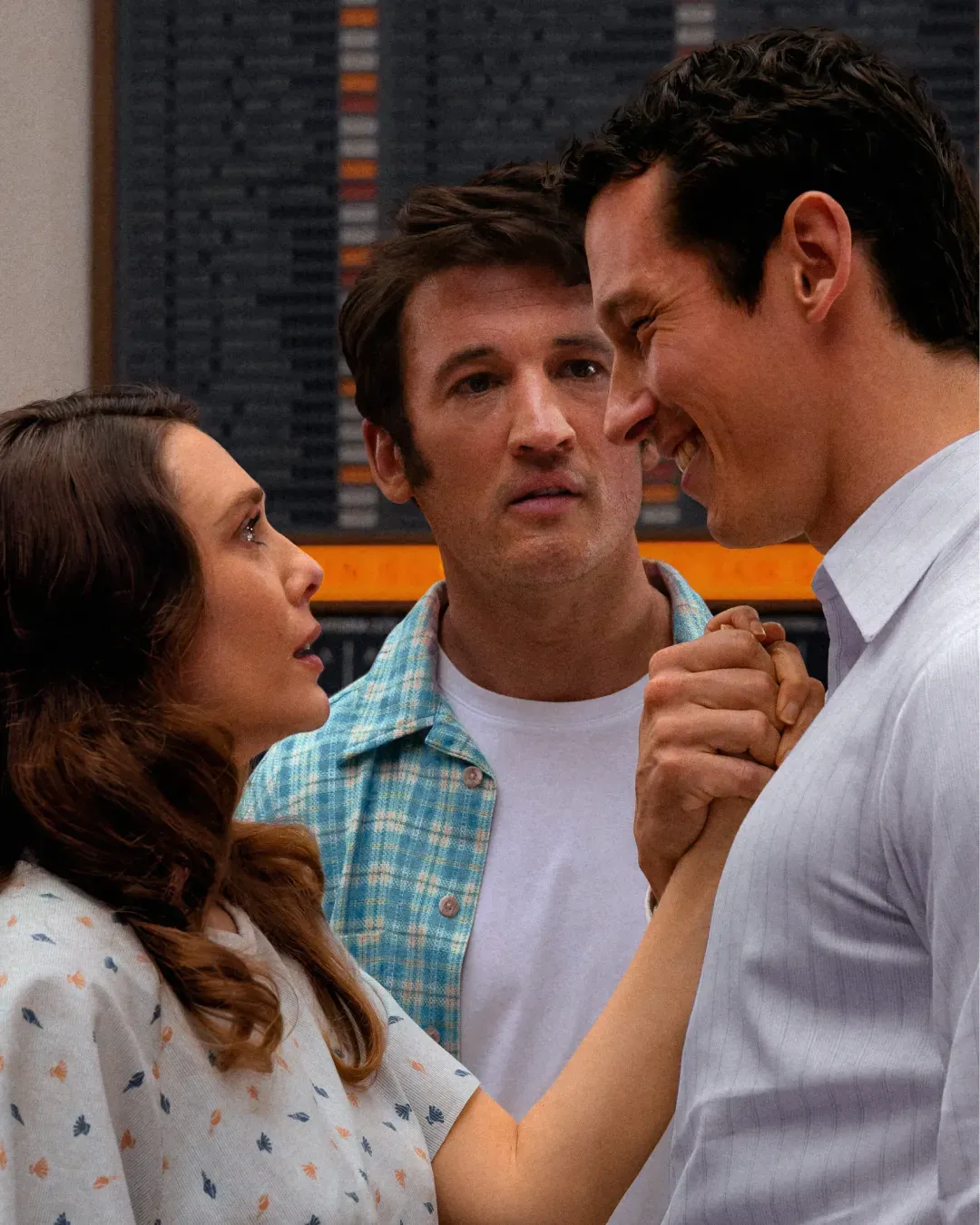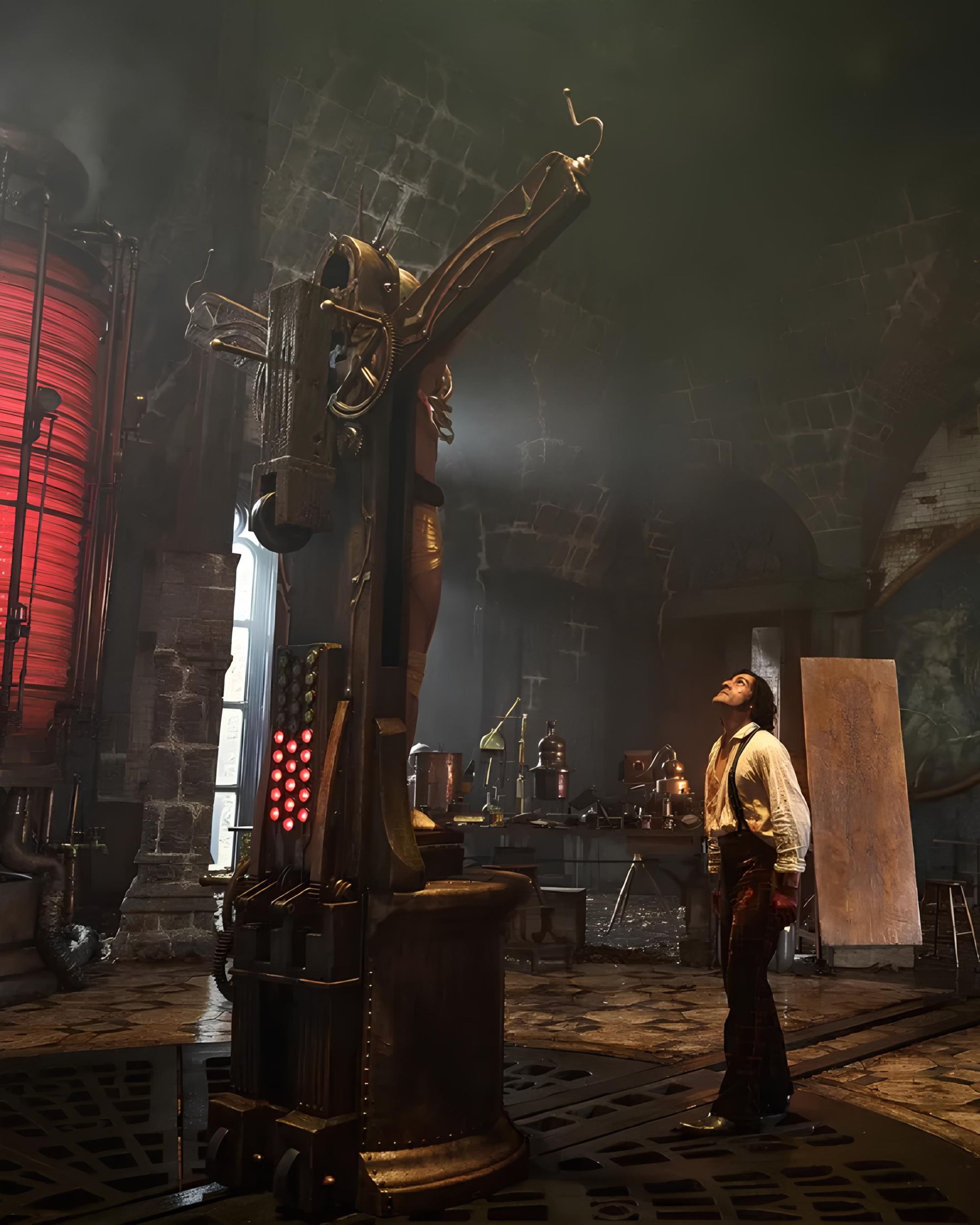
All about the genius of Daniel Blumberg, the composer of The Brutalist The Oscar-nominated artist who made architecture dance
Daniel Blumberg is an English musician, composer, and visual artist who has so far remained relatively unknown to the general public. A favorite nominee for the Oscar for Best Original Score for The Brutalist, he has actually been active for more than twenty years with various musical projects: from the indie pop of his first band, founded when he was just 15 years old (Cajun Dance Party, 2005), to the alternative rock of Yuck (his second band, created in 2011), and up to his more recent jazz experiments with musicians from London’s Cafe Oto, passing through various one-off projects (Oupa, 2011 and Hebronix, 2013) and three solo albums finally released under his own name: Minus (2018), On&On (2020), and GUT (2023). We are talking about an eclectic and prolific musician who may be considered a newcomer by the Academy—after all, this is only the second time he has worked on a film score, following The World to Come (2020) by Mona Fastvold—but for those involved in certain branches of music criticism, he is anything but a new face. No one ever expected to see him stand out among the Oscar nominees, also because his entry into the world of film scores happened by chance, thanks to a fortuitous encounter.
The Meeting with Brady Corbet
Blumberg met the director of The Brutalist, Brady Corbet (and his wife Mona Fastvold) through Scott Walker’s producer, Peter Walsh, who had produced his first solo album, Minus, in 2018. Walker, who sadly passed away in 2019, had scored both of Corbet’s previous films, The Childhood of a Leader (2015) and Vox Lux (2018). Beyond his past as a pop icon with the Walker Brothers, Scott Walker was above all a great avant-garde classical musician and composer: the musical lineage from Walker to Blumberg is evident in the many similarities their writing styles share, both in approach and tone. It was likely this very similarity that led Corbet to choose Blumberg for the score of The Brutalist after Walker’s passing. Blumberg and Corbet had already crossed paths before The Brutalist: in 2017, Corbet had written a text for sound experiments that Blumberg had recorded with saxophonist Seymour Wright under the name Guo. In 2023, their shared vision led to a series of cinematic portraits directed by Corbet, created in response to the music Blumberg had recorded for his latest album GUT. The album delved into the pain of an intestinal illness that afflicted the musician after contracting COVID-19 (“gut” literally means “intestine”), a theme that Corbet translated into imagery for the album cover, featuring Blumberg’s nude and vulnerable body contorting on black-and-white film to depict the tensions of a mind defeated by the body.
The Creative Obsession in The Brutalist
When asked about the deeper reasons that convinced him to compose the score for The Brutalist, Blumberg stated that he had read the screenplay and felt in tune with the protagonist’s creative obsession, played by a monumental Adrien Brody, who is also an Oscar nominee. As a hyperactive creative, Blumberg immediately felt a strong connection to the personal struggle depicted in the film: in particular, the risk of “becoming obsessed and monomaniacal about one’s projects, how much that can cost in terms of sacrifice, and how that sacrifice can impact the relationship between work and personal life,” he explained in an interview. Without revealing too much of the plot, the film tells the story of a Jewish architect, László Tóth, who escapes Hungary at the end of World War II and emigrates to the United States by ship. After struggling to adapt, experiencing more lows than highs—including falling into heroin addiction and poverty—he encounters a wealthy magnate who becomes passionate about his work and commissions him to build a large cultural center in memory of his late mother. This marks the start of his artistic rebirth, although the protagonist’s creative obsession will hinder his work in various ways and eventually merge with it in an all-consuming manner, leading to the film’s climactic conclusion—which, of course, we won’t spoil.
'The Brutalist' (Brady Corbet, 2024). pic.twitter.com/oYU2u3j9TL
— Eva Arriaga Durán (@EvaArriagaD) February 26, 2025
According to a press release, Corbet and Blumberg “immediately understood that the music needed to play a crucial role in conveying the film’s central themes, partly due to the difficulty of representing the inanimate form of architecture on screen.” The music is so integral to The Brutalist that it begins before the film itself, preceding the images. Blumberg composed a monumental score: one hour and twenty minutes of original music spanning 32 tracks, supporting a film that lasts three hours and twenty minutes, including a specially scored 15-minute intermission. The opening sequence contains perhaps the most grand and imposing music of the entire score, as it accompanies the initial projection for a full ten minutes. While this might seem excessive for a film, it blends seamlessly with the visuals, dialogue, and ambient sounds, forming an integral part of the experience. Its fluidity is likely due to the fact that it is divided into three parts rather than presented as a single monolithic block.
The Three-Part Opening of The Brutalist
The first part of the film’s opening, titled Overture (ship), is the most epic and solemn, as it accompanies the arrival of the migrant ship in the United States. At the same time, it carries a subtly unsettling tone, ending with an image of the Statue of Liberty partially overturned, symbolizing a distorted and reversed American dream. The second part, consisting of a weeping and melancholic piano melody, represents the protagonist’s main theme—Overture (László)—which accompanies László Tóth in his moments of loneliness and despair, such as the initial brothel scene. Finally, the third part—Overture (bus)—is led by a more urgent and propulsive sound of low brass, creating a sense of momentum, as if we are literally stepping into the film while the opening credits roll. As Blumberg himself explained in various interviews, the Overture introduces the core themes of the soundtrack but also serves as an introduction to the artist’s key musicians—including Axel Dörner on trumpet, Evan Parker on saxophone, and pianists John Tilbury, Sophie Agnel, and Simon Sieger—all blended with diegetic sounds: industrial noises, twisting metal, creaking wood, and background voices.
The Use of Diegetic Sound
Diegetic sound is present in all tracks of the soundtrack. Through this sensory confusion, Blumberg expresses László’s disorientation, as he becomes increasingly obsessed with his project, ultimately losing touch with reality. At one point, even the studio sound engineer “could no longer distinguish diegetic audio from the sound of a trumpet,” Blumberg recounted. In some moments of The Brutalist, diegetic audio instead evokes a more distressing effect, such as in the theme of Erzsébet, played when László reunites with his wife, who also survived the Holocaust but is now confined to a wheelchair. The track is a languid jazz piano piece that starts with László’s theme and fades into Erzsébet’s, metaphorically representing the romantic union of their souls. If you listen carefully, you can hear the sounds of station trains in the background, screeching metal, children’s cries, and hurried footsteps—elements that, in a historical context, create an unsettling effect. It feels almost as if the Shoes on the Danube Bank memorial in Budapest had suddenly come to life, dancing to remind us of the protagonists’ past.
How Blumberg Represented Brutalism Through Music
The Brutalist has done irreparable damage to my brain because I literally cannot read the word ‘monumental’ in any context without hearing BA DA DA DUUUUUUUUMMMM in my head
— bailey (@baileylikemovie) February 25, 2025
Blumberg’s real challenge was to create a sound that somehow reflected brutalism, an architectural movement characterized by a minimalist structure in design and raw materials on one hand, and a maximalist impact evoked by its buildings on the other. For this reason, the soundtrack intertwines moments of intimate and suspended calm—such as the cascade of notes that envelops us in the porn cinema or the Intermission played by John Tilbury, where we can even hear his breath and the rain falling on the glass roof—with more frantic and noisy moments, such as those inside the jazz club, performed live on set by an ensemble of drums (Antonin Gerbal), saxophone (Pierre Borel), double bass (Joel Grip), and piano (Simon Sieger).
"Writing about music is like dancing about architecture"
According to Blumberg, the track that most conceptually tries to translate architecture into music is the one with the most explicit title: Construction. This was the first piece specifically composed for the film and was recorded at Cafe Oto in London using the famous prepared piano, an instrument modified to produce a more industrial sound. Originally devised by John Cage, Blumberg developed his own extended and expanded version with the help of fellow musicians Billy Steiger and Tom Wheatley: “We were literally inserting screws, clips, and objects into the piano strings to create percussive sounds that mimicked construction noises,” Blumberg told Indiewire. The final result is rather conceptual and operates in a completely opposite manner to the "industrial" sound of bands like the German group Einstürzende Neubauten (literally “Collapsing New Buildings”), famous for incorporating the noise of jackhammers into their tracks to replicate the sound of demolition. In The Brutalist, we do not hear the crash of a collapse leaving us amidst the rubble, but rather the long and patient hammering of a construction that seeks to rise above the rest of the buildings. There is a famous saying that goes, “writing about music is like dancing about architecture,” a way of implying that it is something absurd or, worse, pointless. With the soundtrack of The Brutalist, Daniel Blumberg has proven the impossible.





